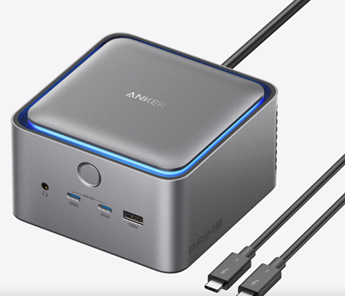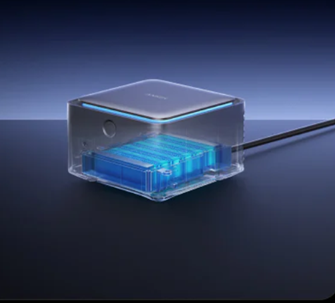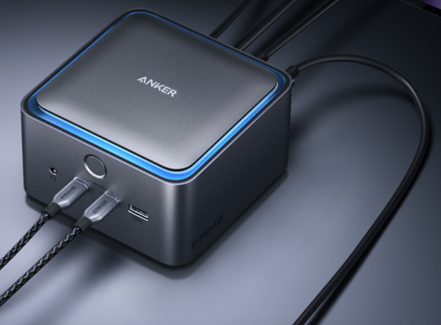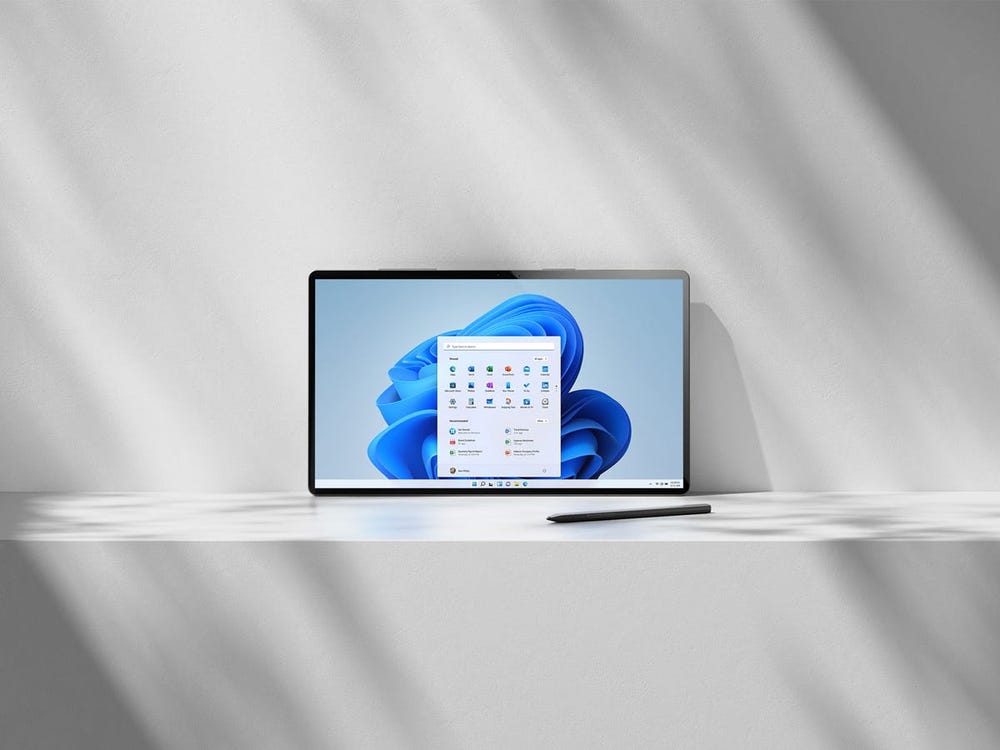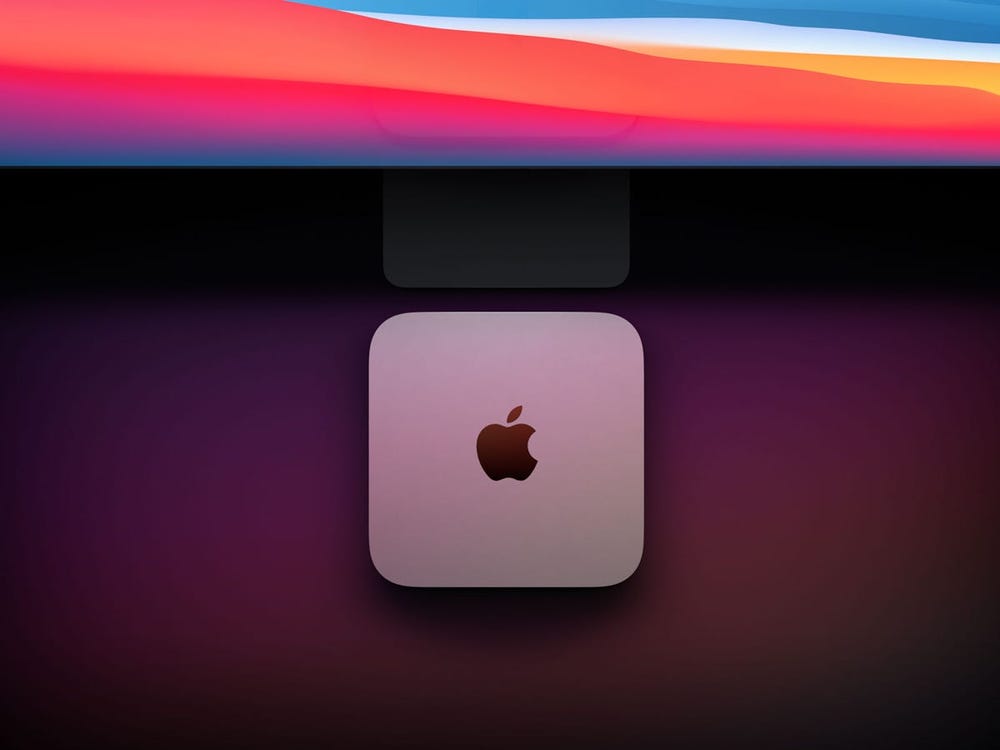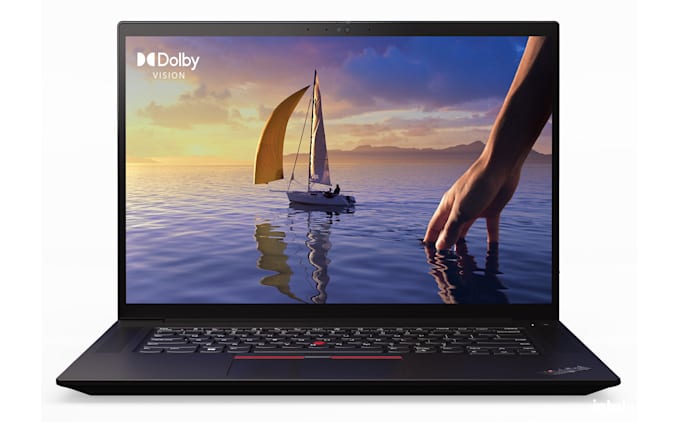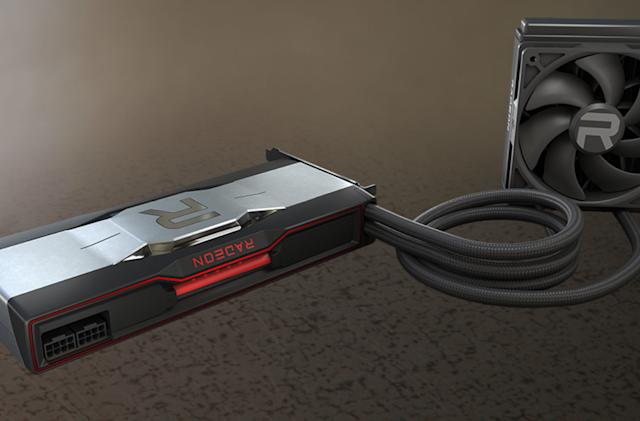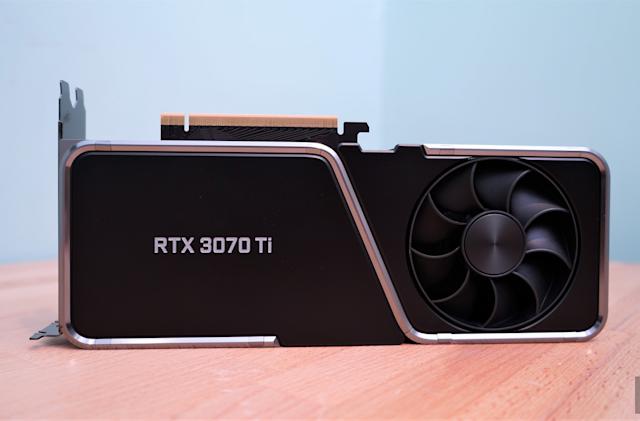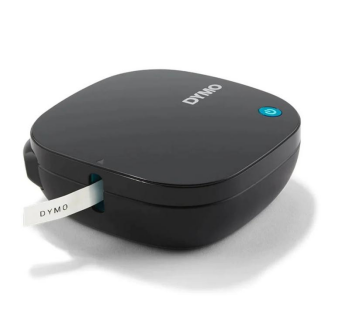Alessandro Cortini is designing a new musical instrument, Strega
Alessandro Cortini (Alessandro Cortini) is designing a new musical instrument Strega
While the origins of the tracks on Scuro Chiaro span almost a decade, there is a strong sense of continuity. Part of that connective tissue is the Strega, a new instrument he helped design for Make Noise. Cortini recently sat down with Engadget to talk about the new album and how he made the leap from making music with instruments, to building his own.
Some answers have been edited for brevity and clarity.
designed by Emilie ElizabethTerrence:
Tell me a little bit about the new album.
Alessandro:
So this was born from a few tracks, from two compositions that didn't make it on Volume Massimo. Not because they were not up to the job, it's just, if you look at them as ingredients, they weren't part of the recipe. They were good, [but] no matter how I tried to let them fit in, it just didn't work. So I knew that those were going to be the beginning of the new record.
So for the last record, and to a certain extent, Volume Massimo, it was more about putting together these ingredients that I had, make them fit in a way that wasn't forced and then shape the corners and smooth certain parts in order for it to feel like a complete work.
It's less about writing everything at the same time, which to me only happens if I somehow get enamored with a specific instrument and I just start writing with it. Like [what] happened with the Forse series and the Music Easel, or Risveglio Roland MC-202 or Avanti with the Synthi.
The difference between Volume Massimo and Scuro Chiaro is the fact that I've used the Strega on the new record, because obviously I had the prototypes around during that time. So I was able to integrate it either as a processing entity or as a source, as well.
Terrence:
Was there a particular sound palette or a rig, a specific setup that you were using for this album? Or were you just pulling from whatever happened to be around at the time?
Alessandro:
The record has been made over 10 years. Maybe even more, I don't know, I'd have to go back and check the files, to be honest. Because I don't even label them. They're just a pool. You just put your hand, pull out files.
Some of them I don't remember making. But I do remember the instruments I've used. And I would say for the most part, each one developed on one instrument to begin with. Just because I find that I'm more creative when I concentrate on one instrument, as opposed to let's say, ‘I have this synth that does bass, let's use that for the bass. Let's use this drum machine for drums.’
While, if I can concentrate on one instrument or maybe a couple, I feel that I'm able to explore the limitations of the instrument and be more creative with it. There's a little bit of everything as far as what I used in the studio.
And then there were instruments that were used as the last layer of paint. There are layers of synths that I use to put a common thread between the tracks and also to make it feel like a whole. I like the approach of making things fit, not in a forced way.
Terrence:
So how much Strega is on the new record? I think I could identify it in a handful of places, but I'm sure it's in spots that I just didn't even notice or wouldn't have recognized.
Alessandro:
There is quite a bit of it. And it's used in several ways. As I said, I've used it as a processor. I've used it as a sequencer in certain parts. But I've used it quite a bit as an effect. Effect is diminutive. As a processor. It feels like the equivalent of leaving something under the water, under the sea for ages and then you pick it up and the metal is opaque. It's not shiny anymore and whatever sharp edges that were before have been softened by the sea.
And I think it does that to sound. So a lot of the things that might've been a little conventional or a little too harsh, once you run them through the Strega they feel like they had a drink and they've calmed down and they're telling a story now, as opposed to being neurotic. So I've used it actively and passively, obviously, as a processing unit and as a voice as well.
It was designed to fulfill that position that a lot of other instruments I encountered throughout the years [did] and trying to pick the things that I like about each one. But when I say pick the things, I don't mean specific hardware features. I like the sequencer of the Synthi or I like the distortion of the easel, whatever.
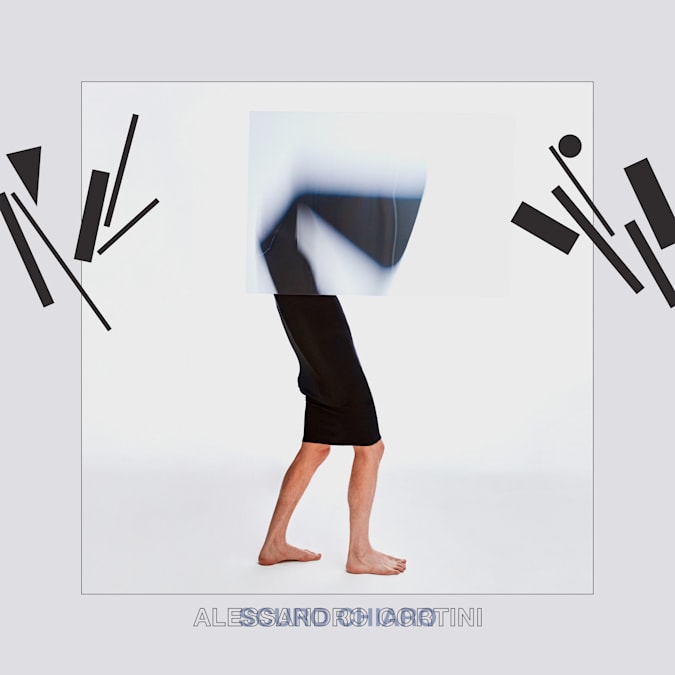
It's more about the way that these instruments made me write music that I wanted to emulate. It wasn't the single components. It's like, why do I come up with these things with the Synthi? Why do I come up with these things with the MC202? Why? And then slowly you find the answers to those questions and then you sort of come up with your own way to be in that state with hardware.
But obviously, you're never sure that people will react to it in a positive way. You can never tell. You can't design something to please people, unless you put wood on the sides of it. And then for the synth world, as long as you put wood on it, people will buy it.
Terrence:
I know you worked on a device called SuONOIO as well, but what made you decide you wanted to make that leap from making music with an instrument to designing your own? Because those are very different worlds.
Alessandro:
See, it might look like I do a ton of things and they're all very planned, but they're not really. Tony is a great friend of mine. I've used his stuff, him and Kelly and everyone at Make Noise, really. So I knew that he had an attention to what or how I was using instruments. So I think he might've asked if there was anything that I had in mind or we might've just started talking, just like friends do.
There wasn't an, ‘All right, let's do something.’ No. There wasn't a specific plan. We just started to improvise on ideas. And actually, I found sketches from the first time in New York when we met and started talking. And completely different from where we ended up.
But it's funny that you ask the question that way, because I think the only time that I realized that I designed an instrument is when it finally arrived in a box in front of me. And I didn't design it; we designed it. It's a collaborative thing. I think, obviously, from a technical point of view, I have zero skills when it comes to circuitry and stuff like that. But I've used enough stuff where I can lead, or I can suggest things to Tony.
But when a box arrives like, holy shit, we designed an instrument. Now it's real. When you release an instrument, which is your instrument, there is your aesthetic injected in it. There's always the fear of either people sounding all like you or that people won’t “get it.” And it's still a commercial instrument, so we can't say, "Oh, we don't care [if people get it]." Of course we do.
So there was this layer of surprise and pride when I saw people just being able to use it as their own trampoline creatively speaking. For example, we had a friend of ours Hainbach doing a review on YouTube. And things that he did with it, I hadn't even thought about doing.
But I think the key is the fact that Tony and I have known each other for so long that the communication is pretty pure. Of course there's moments where we're frustrated. But in general, the fact that we're so efficient with communication and going down a specific path or stopping one path and changing all of a sudden, like when we decided to commit to the 0-Coast format. It was going to be something much bigger and more complex, but then we realized, why would you put a sequencer when we have this format? Why would you put MIDI when there's another thing? We realized that a lot of the answers were already in the Make Noise ecosystem. So we just decided to commit to that and feel like it would be a part of that.
Terrence:
And how early in the process was that? Because that was one of the things that I was wondering was if it was always envisioned as being part of their smaller desktop series?
Alessandro:
I don't think we [had] any rules. The most proficient period was in October, 2018, when I actually spent a little over a week in Asheville. And I was at the shop and it was basically every day back and forth, thinking, and breadboard, circuitry and stuff like that. So that was very constructive.
Because no matter how much back and forth you can do, face to face in front of circuits, it's kind of like working with musicians in a studio. In general, if you have a band it's much easier to work, to communicate face to face than it is over email or Zoom.
When I left there, we still hadn't decided that it was going to be in that format. I would say probably early to mid 2019 is when [we] committed to that form factor. And also made sense because we figured out the right power wise, we could use a splitter and use one power supply to power two devices. So you can have a 0-Coast and the Strega. It felt like a lot of other pieces, all of a sudden, started fitting together.
Terrence:
Was the accessibility of it part of the consideration as well? There's a certain barrier to entry when you're talking about Eurorack systems or separate modules. Whereas the Strega is a self-contained, reasonably affordable thing that anybody can pick up and they don't have to have a pile of gear to connect to it. It's a thing on its own.
Alessandro:
Yeah. I think obviously there was consideration on the sale price. It's a business and you’ve got to figure that out. Especially in a very competitive market like now, where there's always going to be a cheaper something and you have to find a way to justify why you charge a certain amount of money.
We knew that before people would receive it, we'd get a lot of complaints. And we did. A lot of people just looking at the features and looking at the price ($599) and not getting it. But we put faith in the fact that once everyone [got to] play with it, they realize what it's about. And it's something that you can partially get from a video on YouTube, but it's more of a device that you have to put your hands on.
It was designed to be a physical experience, a sonic experience, and an emotional experience. It's something that, even if you're not a musician, if you have a corner of your house, connect it to speakers, you leave it on or you tweak it a little bit, can be a little meditation corner. I use it that way. It's what I used to do with the VCS3, with the EMS. I do it with the Strega now, because I know I can turn the knob a little bit and my sequence changes a little bit, or there are certain elements that come and go. It's a very relaxing sound, the way that I use it.
The collaborator of the nine-inch nail uses it in his new album "Scuro Chiaro". Inch nails. But personally, he is an accomplished artist. Over the years, he has released many instrumental albums, which seem to be inspired by John Carpenter’s 80s film soundtrack, as well as experimental works by artists such as Suzanne Ciani. Although some of his projects, such as Avanti, are designed to push a specific instrument to the limit, his new album Scuro Chiaro (released on June 11) draws inspiration from his extensive synthesizer collection, which will inspire Most synthesizer nerds can't control the jealousy. || |In the final analysis, we are lucky. I think we achieved what we wanted to achieve. I think the way these elements are presented on Strega is unique to Strega. I don't think anything can be implemented in the way we implement them. I think this is how people respond, in essence.
Latest: The best Amazon Prime member day technical offers you can get right now
Next: This week’s best price: Get two Echo Dots for $50 before Amazon Prime Day
